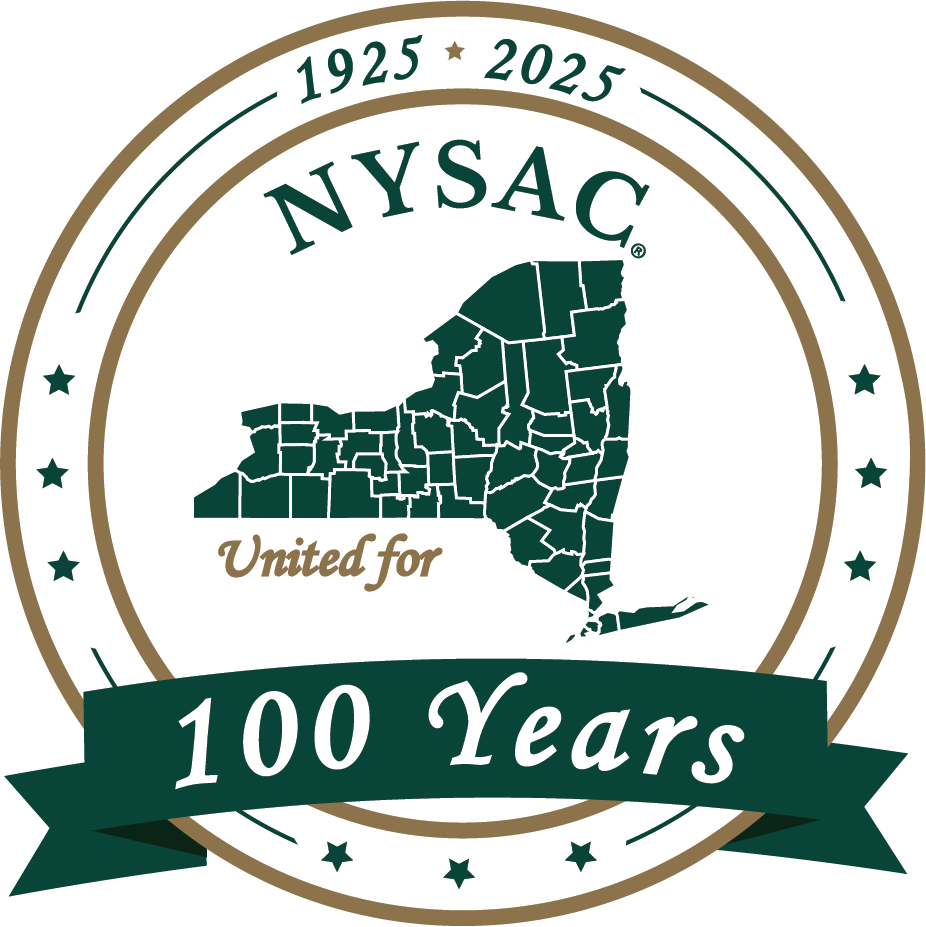The Hidden County Costs that Fund the State’s Growing Spending Plans
February 21, 2024
Since the 1960’s, the State of New York has relied on local tax revenues as a piggy bank to fund programs and services. Driven by a mixture of reluctance to cut spending or raise revenue, Governors and State Legislators of both parties have engaged in a sleight of hand that pushes the cost of state programs on to county governments. Despite relying on this source of public funding year after year, the money commandeered from local taxpayers is not reported to the public nor accounted for in the state’s financial plan.
Case in point, last year’s $230 billion State Budget – ironically themed around the promise of improving affordability in New York – doubled down on the state’s addiction to using local property and sales tax receipts to pay for state programs and services. From a local perspective, however, the state simply takes local government resources, increasing local costs.
This brings us back to the piggy bank. While state officials often tout the savings from capping the growth of county Medicaid contributions, they ignore the fact that counties have still sent $132 billion to Albany to pay for Medicaid since 2005. This is an enormous burden on county taxpayers and one that is not accounted for in the State’s financial plan.
Medicaid is not the only program that state officials rely on county taxpayers to fund. When you add three other programs - Safety Net, preschool special education, and indigent defense – the county contribution to the state bottom line comes to a whopping $172 billion since 2005.
County & NYC Taxes Paid to Support the State Budget Since 2005
| Medicaid (Net of eFMAP) | $131,719,738,755 |
| Safety Net/TANF | $21,633,319,000 |
| Pre-k Special Education | $11,808,112,000 |
| Indigent Defense | $6,881,781,303 |
| Total County Share Paid for State Programs | $172,042,951,058 |
In SFY 2024, the counties and New York City will provide more than $12 billion in local tax revenues in support of the state budget from seven major state controlled and designed programs, along with new cost increases for counties in the adopted budget and the prior year budget.
Comparing New York’s County Costs to the Rest of the Nation
Comparing ourselves to other states is crucial as we compete against other states for economic resources, for jobs, for a high quality of life and an affordable lifestyle. These things are necessary to entice businesses and people to come to New York.
Medicaid
|
NYS |
USA |
|
$7.6 billion annual cost to counties – more than all other counties in the U.S. combined. |
Most counties have no mandated Medicaid contribution. |
Safety Net
|
NYS |
USA |
|
$3.7 billion annual cost to counties (including costs of serving asylees and migrants). |
Generally covered by the state. |
|
One of only 16 states with no time limit on assistance. |
|
|
Sixth highest cash assistance amount. |
Preschool Special Education
|
NYS |
USA |
|
$745 million annual cost to counties. |
Generally covered by the state. |
|
Required to pay 40% of program cost. |
Indigent Defense
|
NYS |
USA |
|
$580 million annual cost to counties. |
Only 20 states require counties to pay a share of indigent defense. |
|
Since 2007, counties have paid an average of 78% of the program cost. |
In 35 states, the state pays the vast majority, not counties. |
The county resources the state uses to pay for their programs are not visible in the state budget, nor accounted for in the state’s financial plan, but would comprise an important share of the state’s general fund if identified. By excluding these funds from public view and discourse, state leaders disregard how these local costs impact the overall affordability issue facing New Yorkers.
This analysis covered only four state-level programs, but there are dozens of other programs that require extensive county contributions to support state programs. These include, but are not limited to, child welfare, foster care, early intervention, probation, and public health, along with laws and regulations in the areas of environment, energy, procurement, construction, and insurance. All these costs contribute to affordability yet are not included in the annual state budget process or recognized by state leaders as part of the affordability problem facing New Yorkers.
The state cannot continue sweeping $12 billion a year from local taxpayers and pretend like it doesn’t exist. If state and local government leaders want to address affordability, then we need better transparency, and a larger discussion must take place about how we pay for state programs and what is truly affordable.
Contact Us
New York State Association of Counties
515 Broadway, Suite 402
Albany, NY 12207
Phone: (518) 465-1473
Fax: (518) 465-0506

